![]() A user’s guide for selected autonomous biogeochemical sensors
A user’s guide for selected autonomous biogeochemical sensors
An outcome from the
1st International IOCCP Sensors Summer Course –
Instrumenting Our Oceans for Better Observations
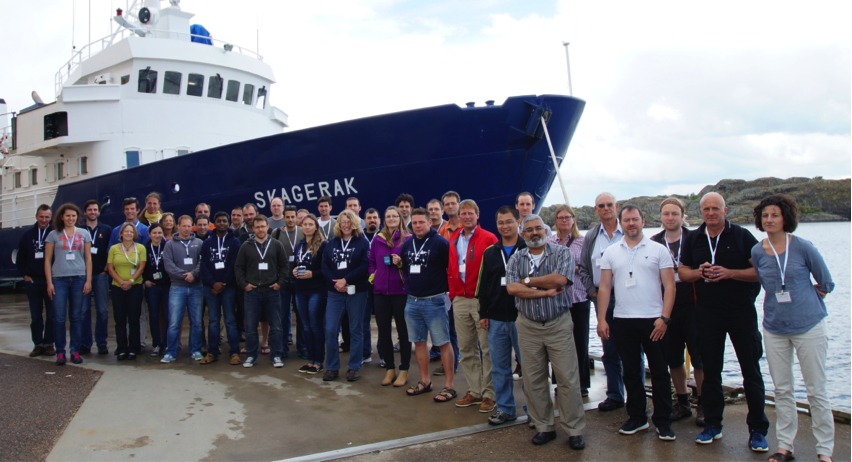
The IOCCP has completed it's first International Summer Course on best practices for selected biogeochemical sensors (oxygen, pH, pCO2, nitrate). The course was held at the Sven Lovén Center for Marine Sciences in Kristineberg, Sweden, June 22-July 1, 2015.
The goal of the course was to further develop proficiency in the use of a suite of biogeochemical sensors and to improve the quality of the data currently generated by autonomous biogeochemical sensors. This intensive, 10-day Summer Course provided 27 trainees with lectures, hands-on in-situ and laboratory experiences, and informal interactions to improve in-depth knowledge on instrument know-how, troubleshooting, data management, data reduction and quality control.
We have received an enormous amount of outstanding applications (almost 100!) and following very selective evaluation process, this course brought together a group of 27 wonderful participants from 14 countries. The agenda was developed with planaries, practical sessions, informal presentations and social time allowing our participants not only improve their knowledge in many aspects of biogeochemical sensors observations (listed below) but also walk away from Kristineberg with expanded network of collaborators and friends.
We were also very lucky to attract 13 excellent lecturers (listed below) and 4 manufacturers, who through their dedication, hard work and unwavering enthusiasm made this course an unforgettable experience for everyone involved.
A more formal report based on extensive input received from participants during the course can be accessed from the link on top of the page. We hope that this will become a useful user's guide for novice sensor users worldwide. Funding permitting we hope to organize the next iteration of this course in late summer 2018! More details about the 2015 course below.

Lectures and practicals included the following themes:
Lectures included:
- Scientific importance of instrumenting our oceans
- Basic theory of sensors
- Interfacing sensors
- Overview of bio-optical sensors
- Key oceanographic characteristics determining the choice of sensors
- All that you need to know about sensor deployment
- Getting the most out of your data: the importance of sensor co-location
- The carbonate system and the difficulties in measuring it
- Elusive oxygen - how do we accurately measure it?
- Sensor calibration and validation
- Developing real-time and delayed mode procedures for data delivery
- Getting the data: the good, the bad and the weird
- Data quality control and making the data available
- Biofouling
- Dogs and cats: can models and measurements get along?
- Emerging technologies: benchtop and deployable
Practicals included:
- preparation, deployment and recovery of autonomous sensors off the pier and at the Koljoe Fjord observatory on board of the R/V Skagerak
- water sampling for calibration/validation
- lab-based sensors calibration using benchtop instruments
- data reduction and data quality control sessions
- troubleshooting
Lectures and practicals were given by leading experts in the field:
Kenneth S. Johnson
Senior Scientist
Monterey Bay Aquarium Research Institute
Moss Landing, CA, USA
Hervé Claustre
Research Scientist
Marine Optics and Remote Sensing Lab
Laboratoire d'Oceanographie de Villefranche, France
Anders Tengberg
Principal Research Engineer
Department of Chemistry and Molecular Biology
University of Gothenburg, Sweden
Craig Neill
Research Engineer
Marine and Atmospheric Research
CSIRO, Hobart, Australia
Eric Achterberg
Professor - Marine Biogeochemistry
GEOMAR Helmholtz Centre for Ocean Research
Kiel, Germany
Phil Bresnahan
Chemical Oceanographer
Scripps Institution of Oceanography
University of California, San Diego, USA
Doug Connelly
Marine Chemist
National Oceanography Centre
University of Southampton, Southampton, UK
Andrew Dickson
Professor - Marine Chemistry
Scripps Institution of Oceanography
University of California, San Diego, USA
Per Hall
Professor - Marine Biogeochemistry
University of Gothenburg
Gothenburg, Sweden
Arne Körtzinger
Professor - Chemical Oceanography
GEOMAR Helmholtz Centre for Ocean Research
Kiel, Germany
Iris Kriest
Biogeochemical Modeller
GEOMAR Helmholtz Centre for Ocean Research
Kiel, Germany
Benjamin Pfeil
Biogeochemical Data Manager
Bjerknes Centre for Climate Research
University of Bergen, Norway
Collin Roesler
Professor
Dept. of Earth and Oceanographic Science
Bowdoin College, Brunswick, ME, USA
More background information
In recent years ocean technology has leaped to the aid of scientists by providing them with cost-effective tools that can take measurements of essential biogeochemical variables autonomously, i.e. sensors on autonomous platforms. These autonomous measurements are complementary to efforts carried out by traditional ship-based sampling, with the aim of improving data coverage worldwide. Yet, despite these options becoming more readily available, there is still a gap between the technology (investigators and technicians that deploy these technologies) and the end-user. This is born as much out of lack of training, lack of in-depth knowledge, and lack of community coordination. There is also a disconnect between data gathering by autonomous chemical sensors and data quality, which is a major obstacle as these sensors are already being deployed on autonomous platforms in several different projects in several ocean areas. Indeed, the Panel for Integrated Coastal Observation (PICO-I) pointed out that while some of the required technologies are mature, the implementation on a global scale may be limited by lack of common standards and protocols and/or calibrated and validated algorithms for translating data into useful information.
For all these reasons the IOCCP decided to hold its first International Summer course on best practices for selected autonomous biogeochemical sensors with the aim to promote and enhance the utilization of these sensors, and to teach users common best practices of use and data reporting. The need for such course was identified by the scientific community which felt that there exists an urgent necessity to address the usage of autonomous biogeochemical sensors to carry out time-series work, complement existing autonomous platforms, expand our current observational network, and ensure that the data being collected can serve both scientific and societal needs. While many biogeochemical parameters cannot yet be directly characterized to the accuracy and precision required for climate research, there are several autonomous sensor technologies which can tackle some essential biogeochemical variables with the quality required, and they are mature enough to be implemented within regular monitoring platforms. These technologies include oxygen, nutrients, carbon dioxide and pH. There is also a need to integrate (and standardize) sensor methodologies, including quality control, data reporting and calibration protocols. A ‘global biogeochemical sensor network’, which fills the current gaps that exist in ocean observing, is needed to understand changes in marine biogeochemical cycles and ecosystems. Such network should be integrated with existing sampling programs so that it has the necessary synergy to make it useful to the current scientific objectives. Incorporating autonomous sensors into existing platforms that take regular, high quality, discrete measurements (i.e. time-series stations) is also one approach to validation.
WE THANK OUR CO-SPONSORS FOR THEIR EXCEPTIONAL GENEROSITY !!!

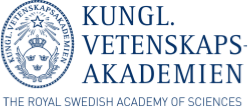







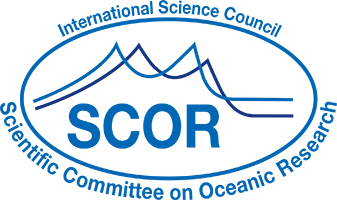

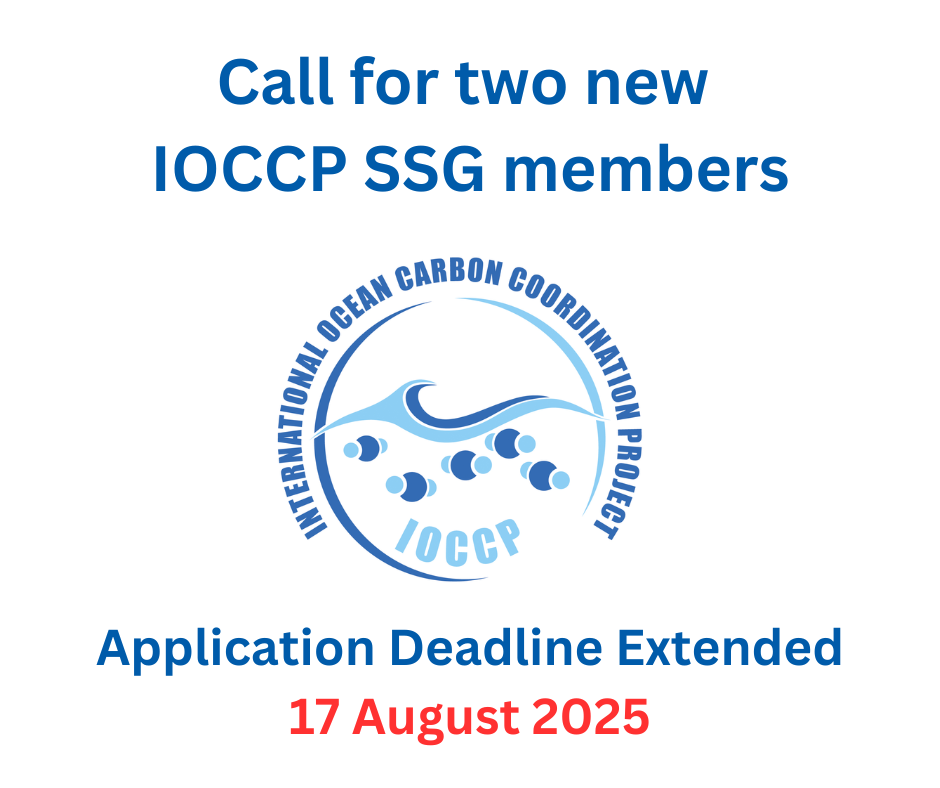
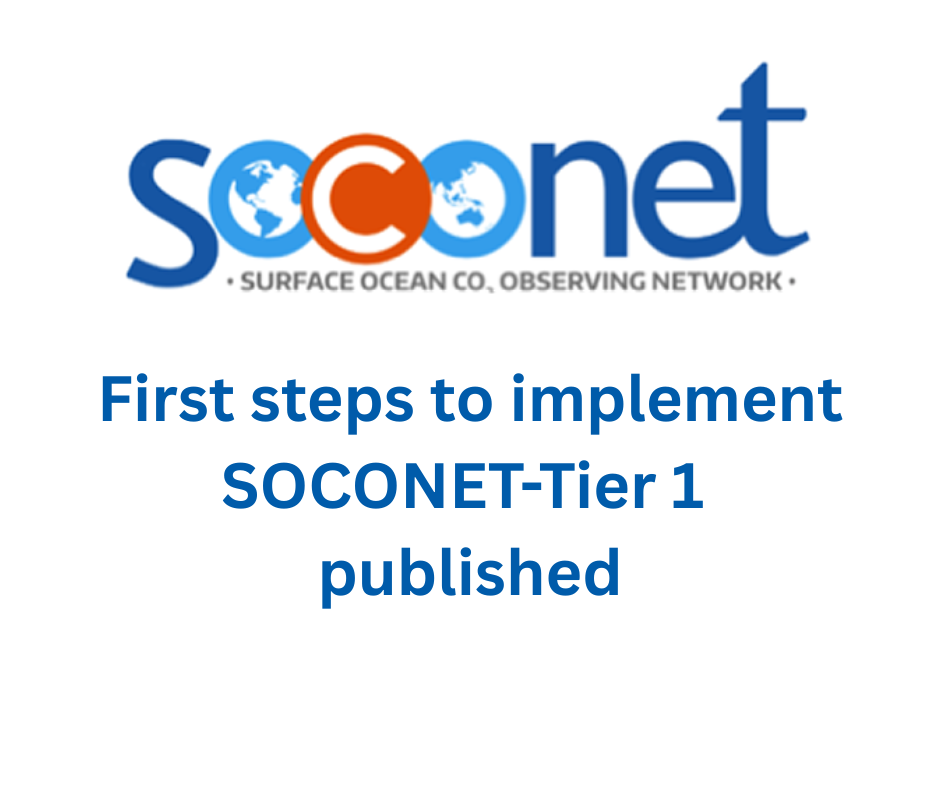


 Please wait...
Please wait...